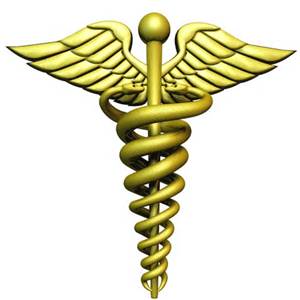Meet the Challenge from the Supply Chain Hall of Fame
|
Learn the art of matching supplier and provider values. Plan your sales meeting with our team.
7 Things you should take away from your National Sales Meeting
National Sales Meeting - (Knock it Out of the Park)
- Understand hospital strategic Goals/Needs – Beyond Price
Understand the strategic imperatives of the organization and the alignment of
the product or service they offer.
|
 |
- Know the customer policy, guidelines & structure, i.e. appointments, protocol, Vendor credentialing requirements, etc. Why do hospitals rely on them?
1. Governance
2. Safety
3. Communication
4. Consistency
- Value Analysis – Supply Chain Science of the future. The functional design of Value Analysis is to facilitate interaction between the decision – maker and critical information.
1. Understand the strategic imperatives of the organization and lead the alignment of the product or service they offer.
2. Ability to define the value of a device, product or drug in the terms of the total cost of ownership.
3. Defining value from a patient’s and staff’s perspective. Price vs Value.
- Reimbursement Challenges – Volume to Value!
1. Bundled Payments
2. Value-based Purchasing
3. Reduced Readmissions
4. Prevent Medical Errors
5. Accountable Care Organizations
- Cost, Quality & Outcomes CQO – the next primary element Supply Chain decisions are based. Be able to speak from a CQO approach. Understand how to present the true impact of your product.
The CQO Movement looks at the intersection of and the relationship between:
1. Cost: all costs associated with delivering patient care and supporting the care environment.
2. Quality: patient-centered care aimed at achieving the best possible clinical outcomes.
3. Outcomes: financial reimbursement driven by outstanding clinician care at the appropriate cost.
It is important that these relationships be considered together rather than in separate silos.
- Hospital’s Budget, know what you don’t know? The key factors of hospital budgets.
Two Basic parts:
1. Capital – Know the Language and the Process.
2. Operational – Know the two largest items and your influence on them.
Basic understanding of how a healthcare system reviews, approves, implements, and measures their budgets leads to understanding and lowering Total Cost of Ownership (TCO).
- Know GPO Processes and how and why hospitals depend on them.
REGISTRATION, PRICING, AND INFO ON FREE INTRODUCTION WEBINAR TO YOUR EXECUTIVE TEAM
Call Gary Gustafson at 949-583-9972 or email ggus@preferredmarketingprograms.net.

